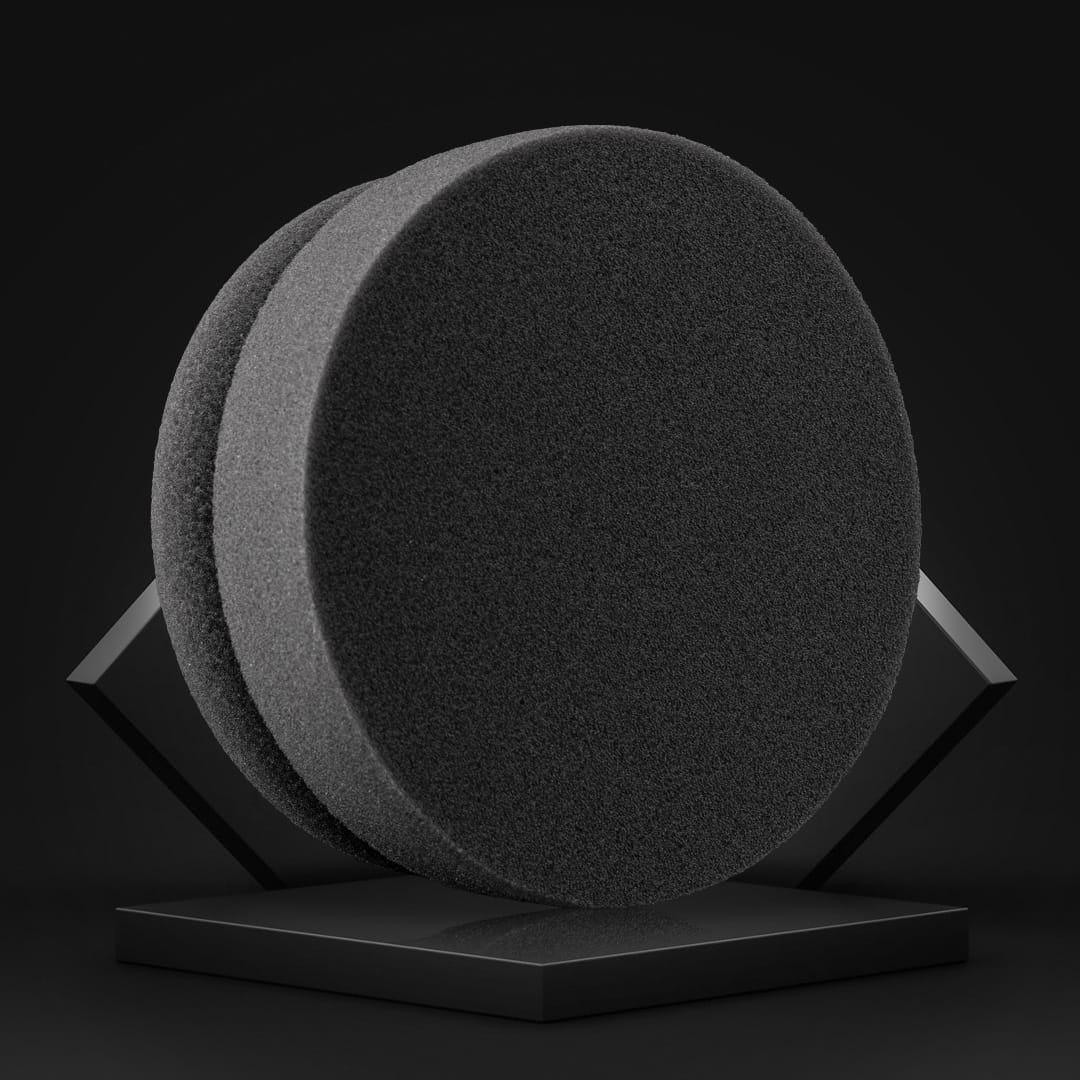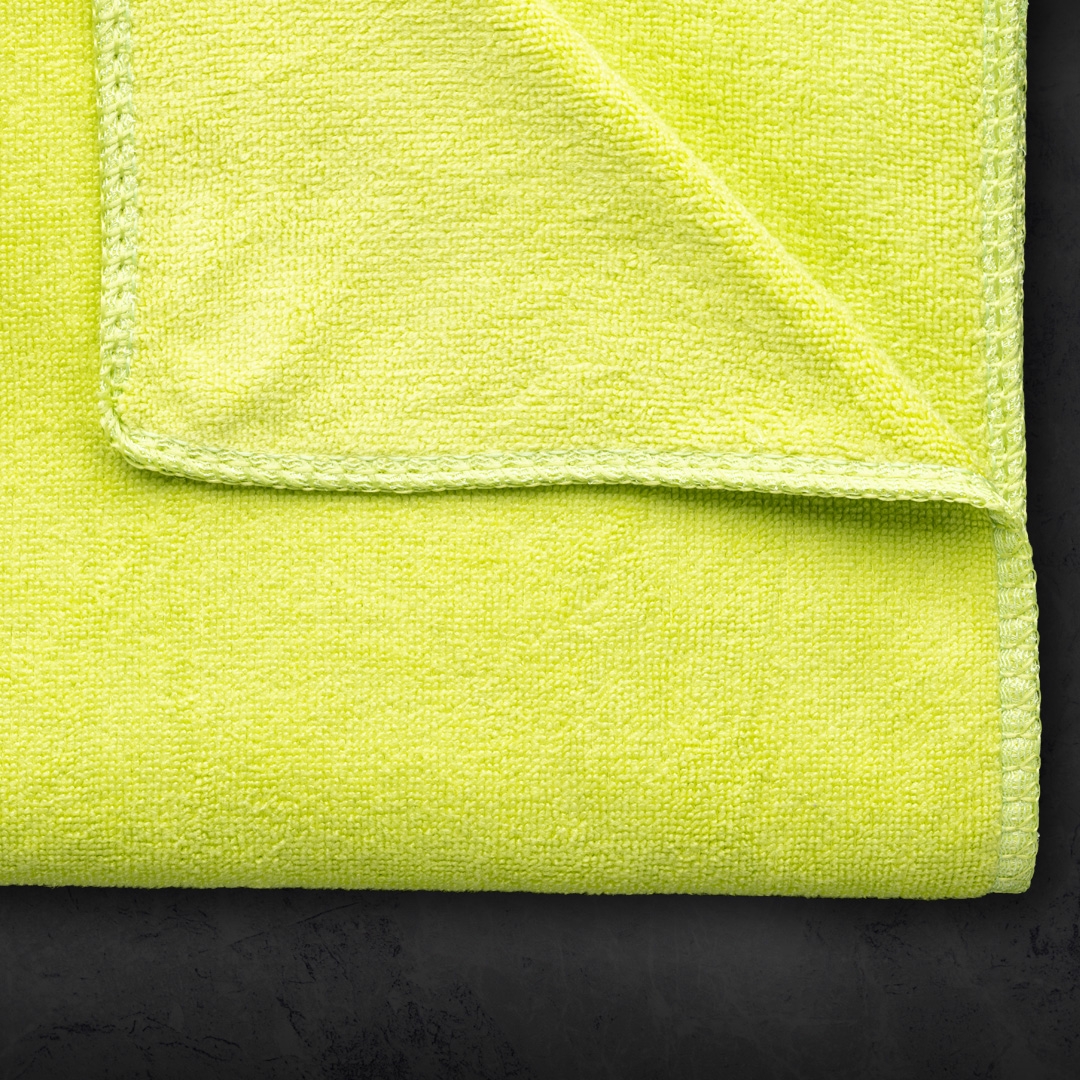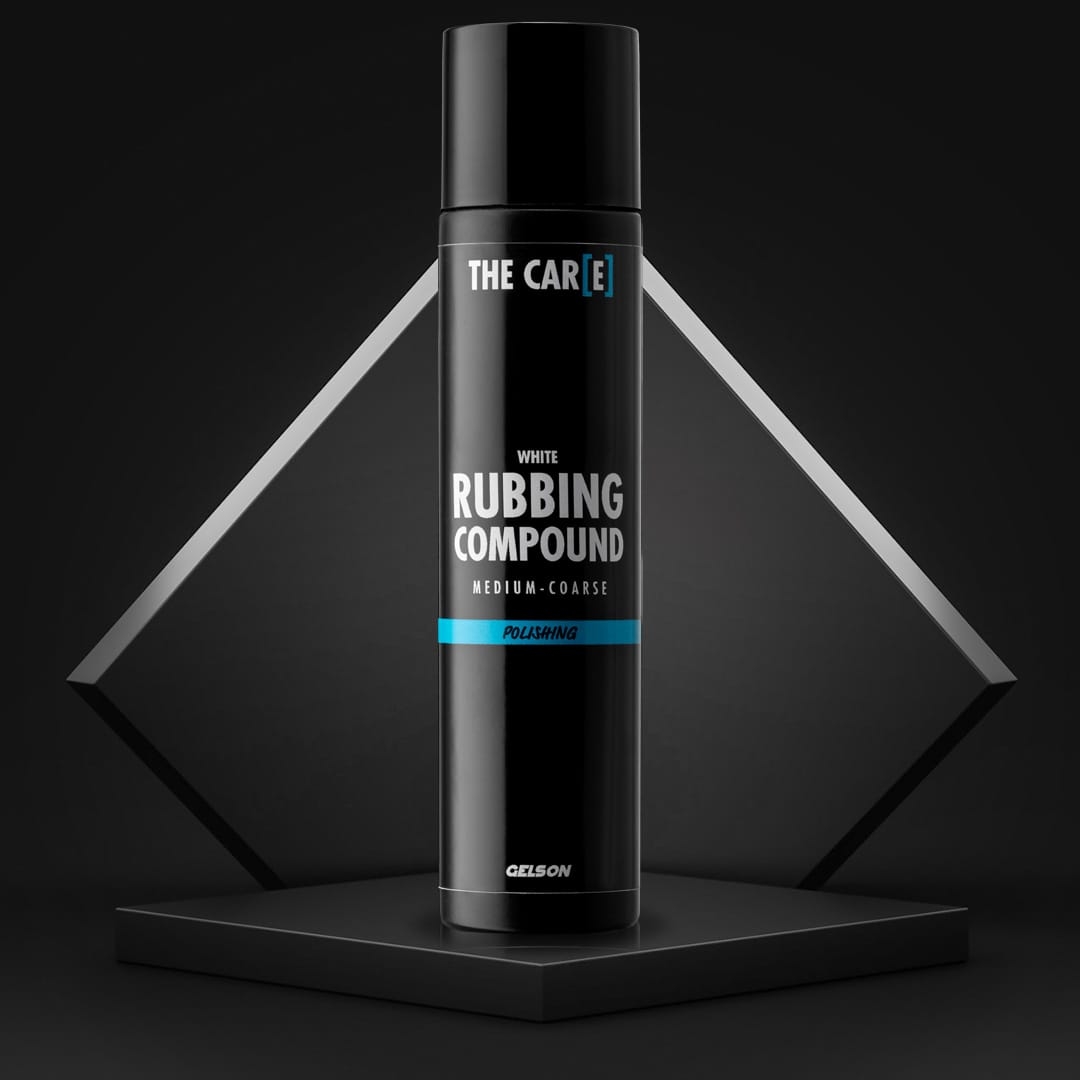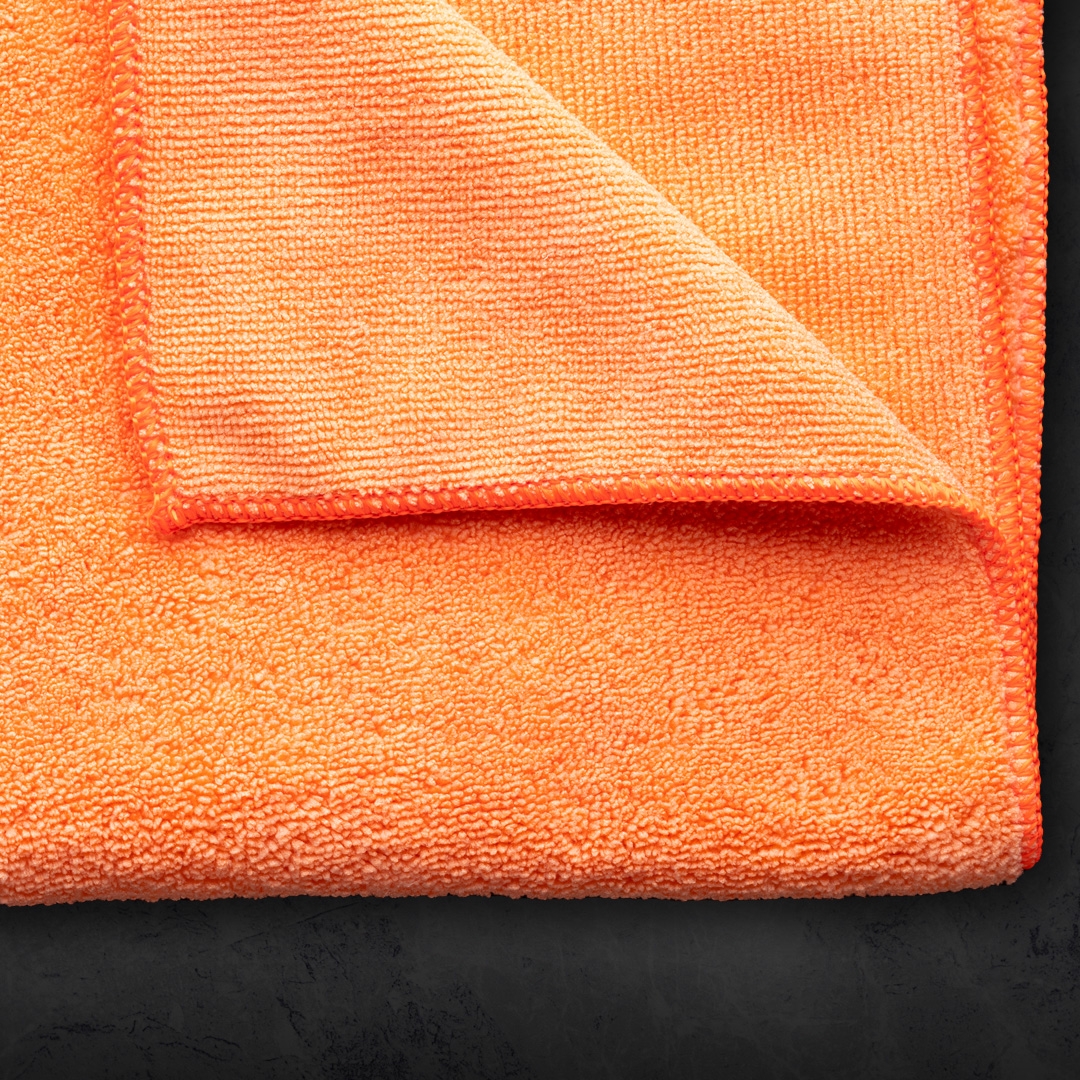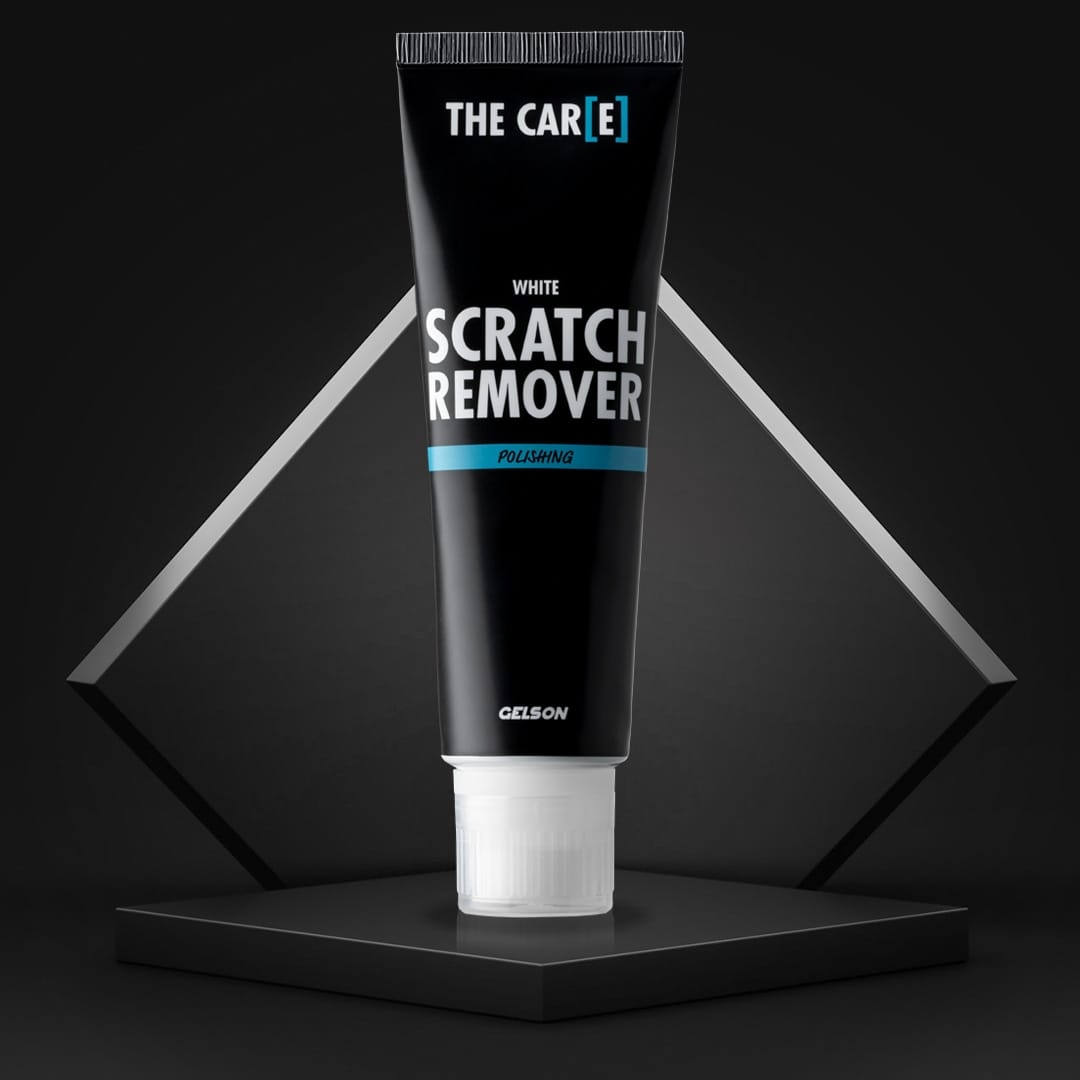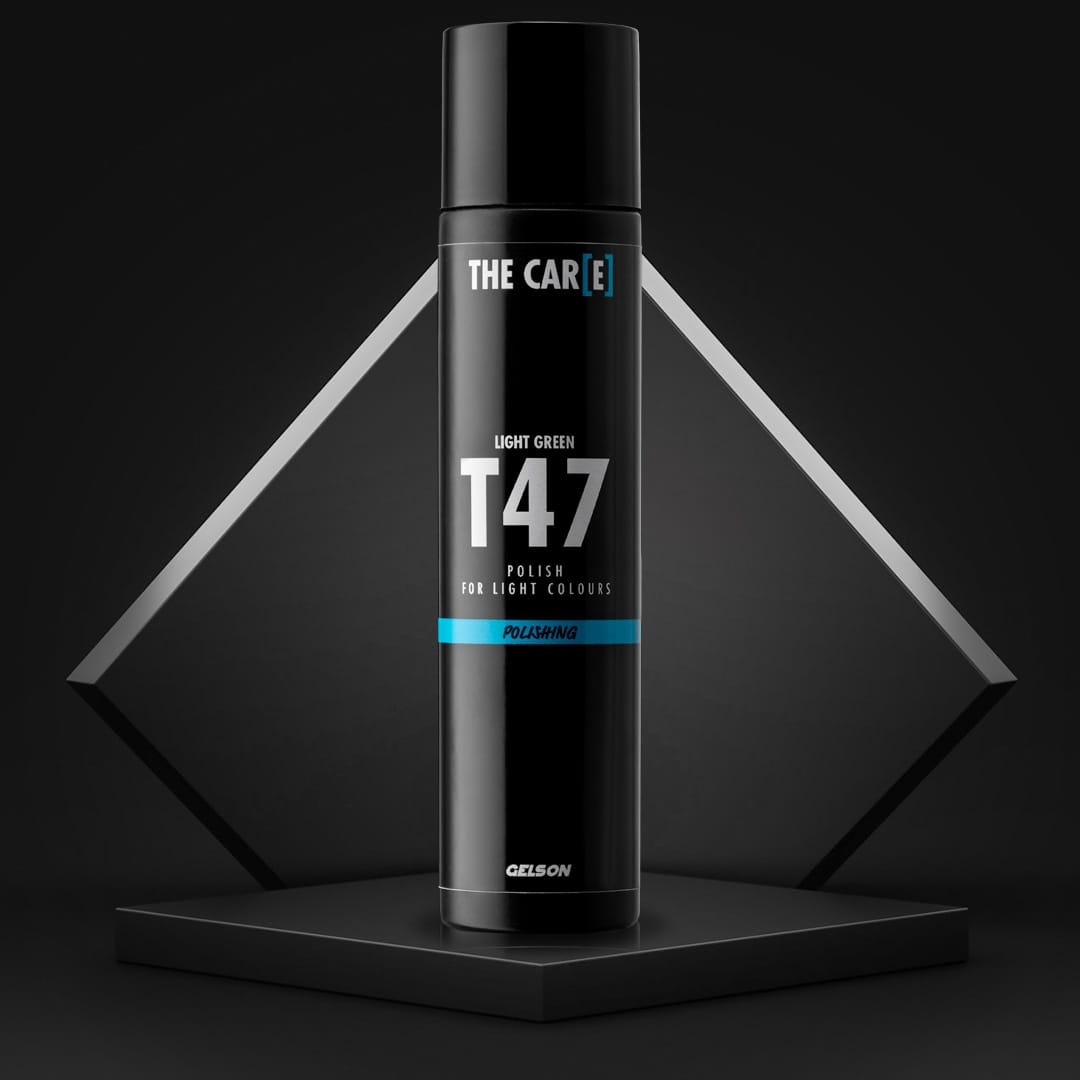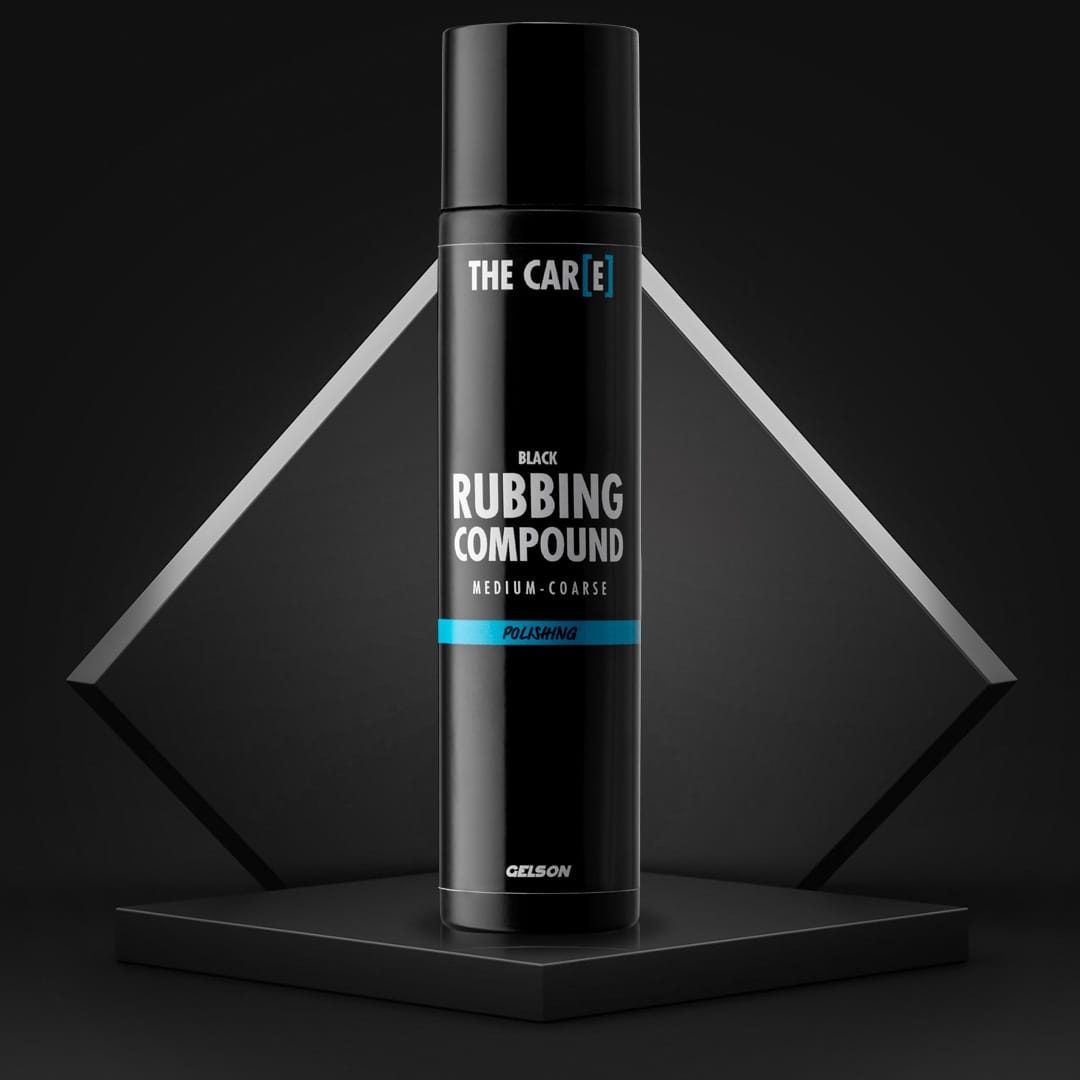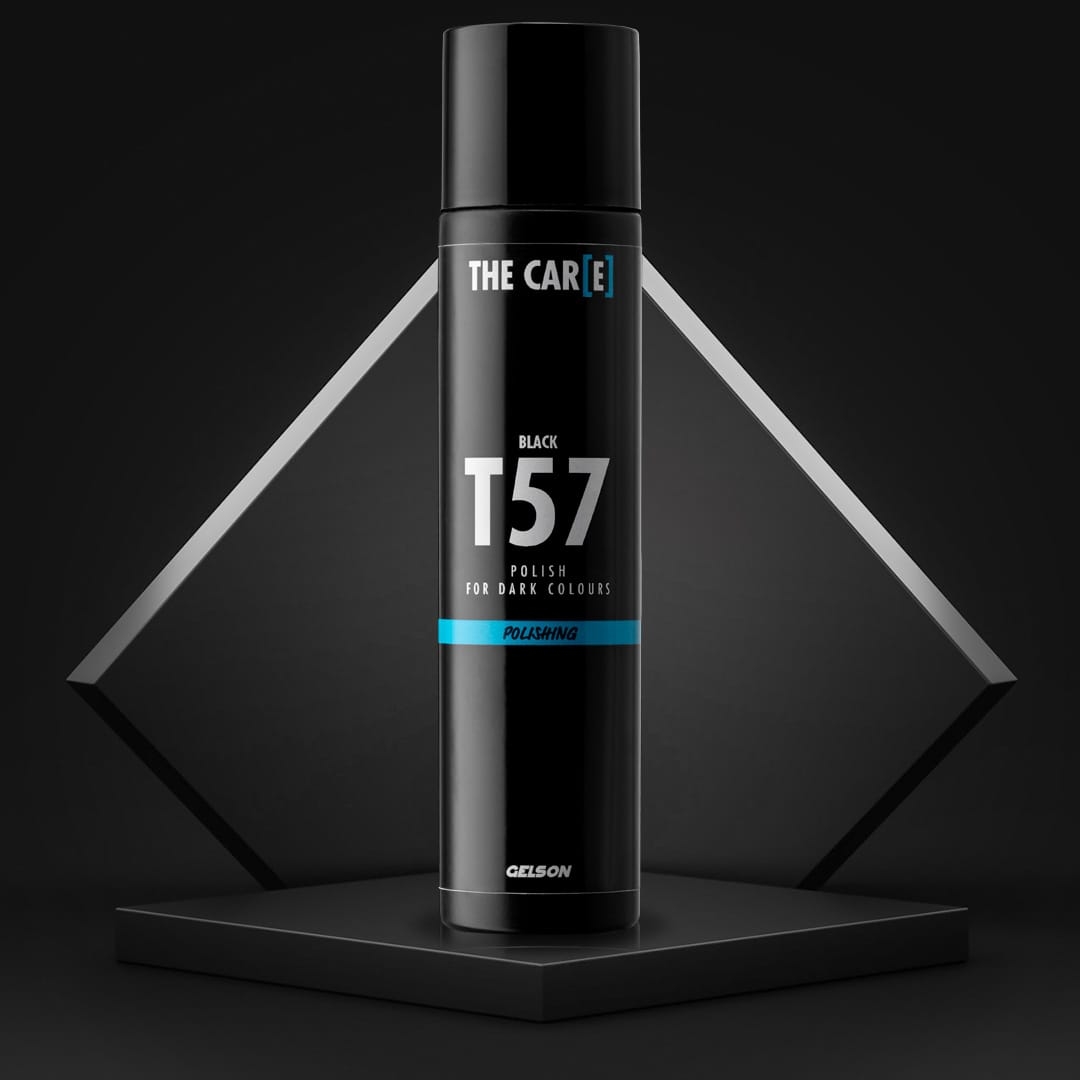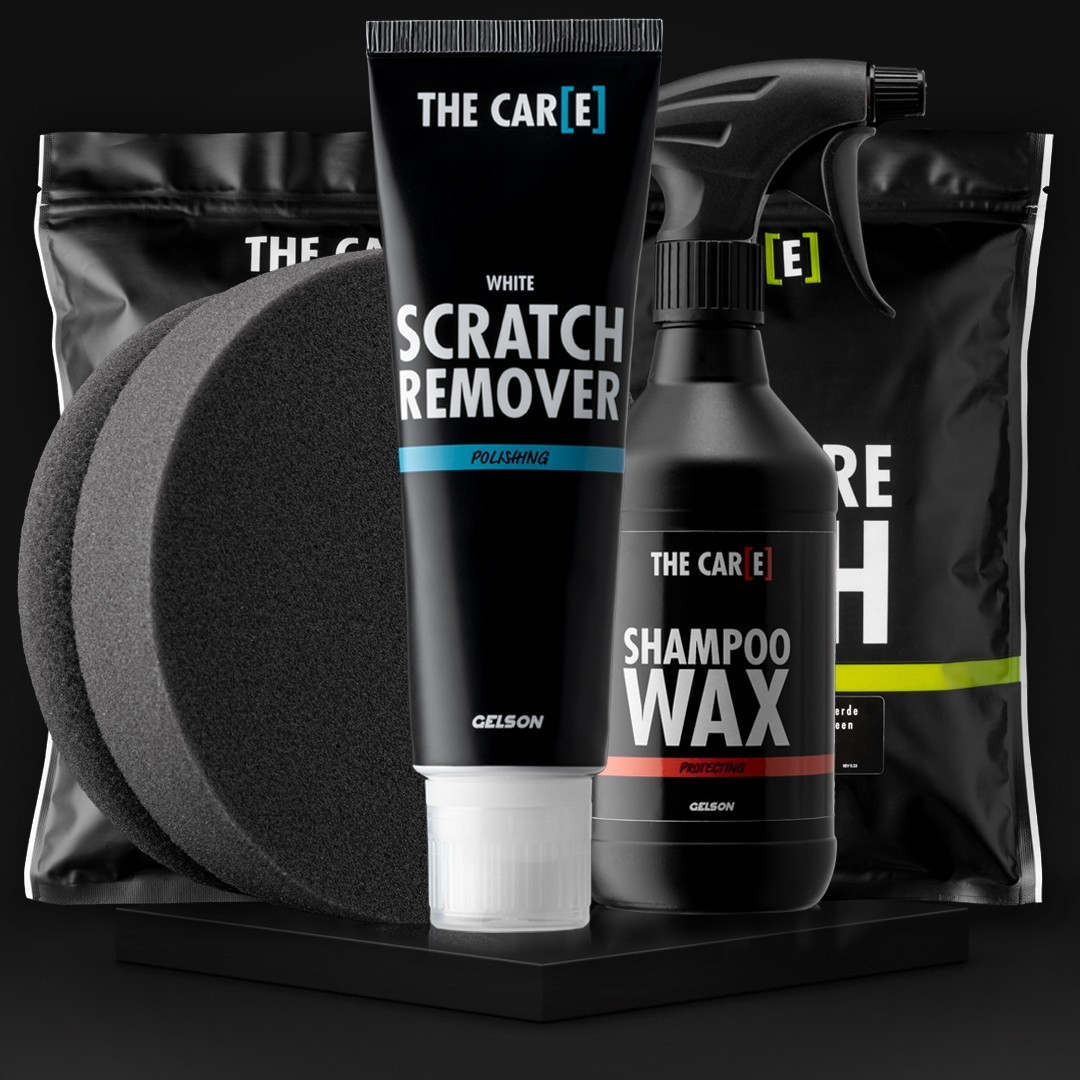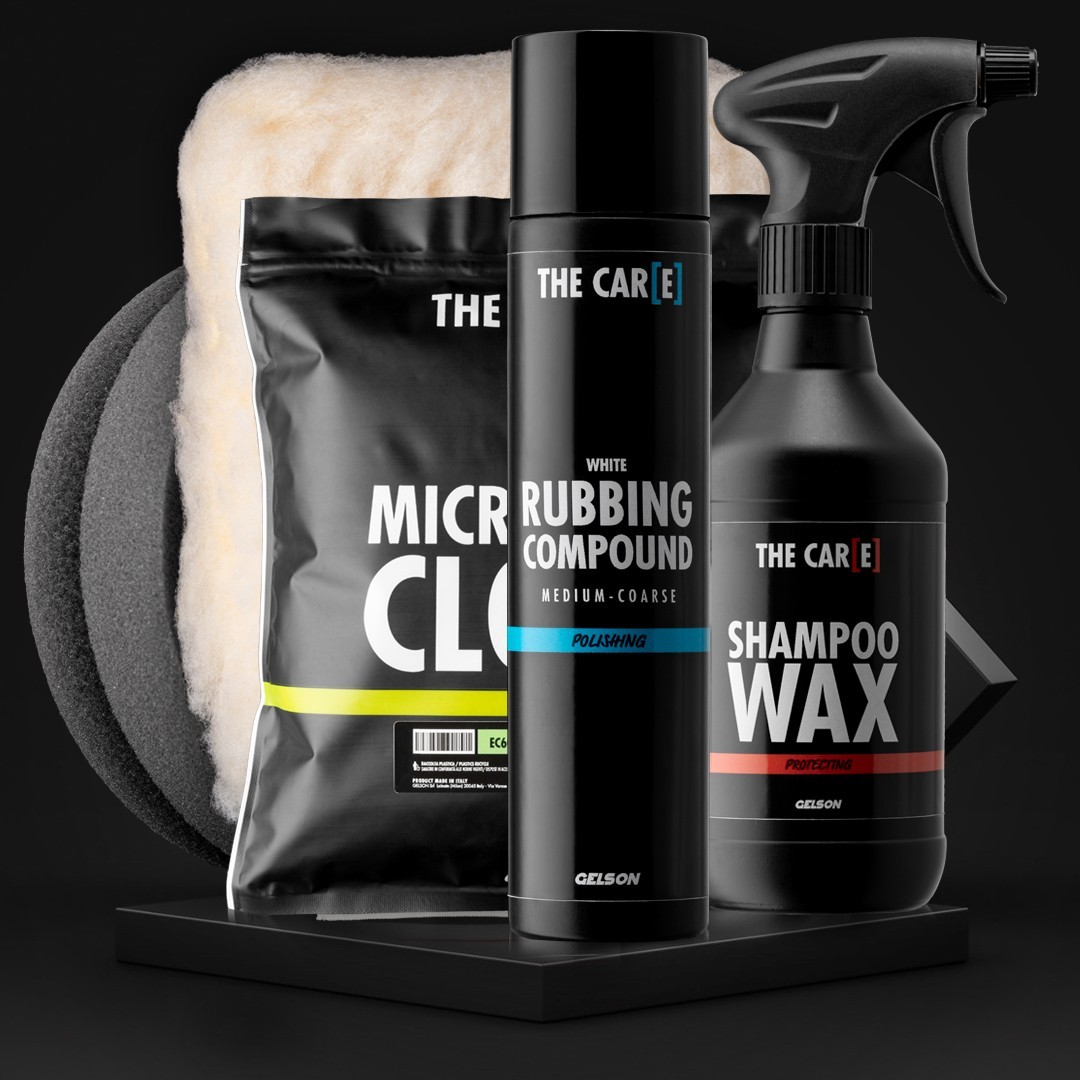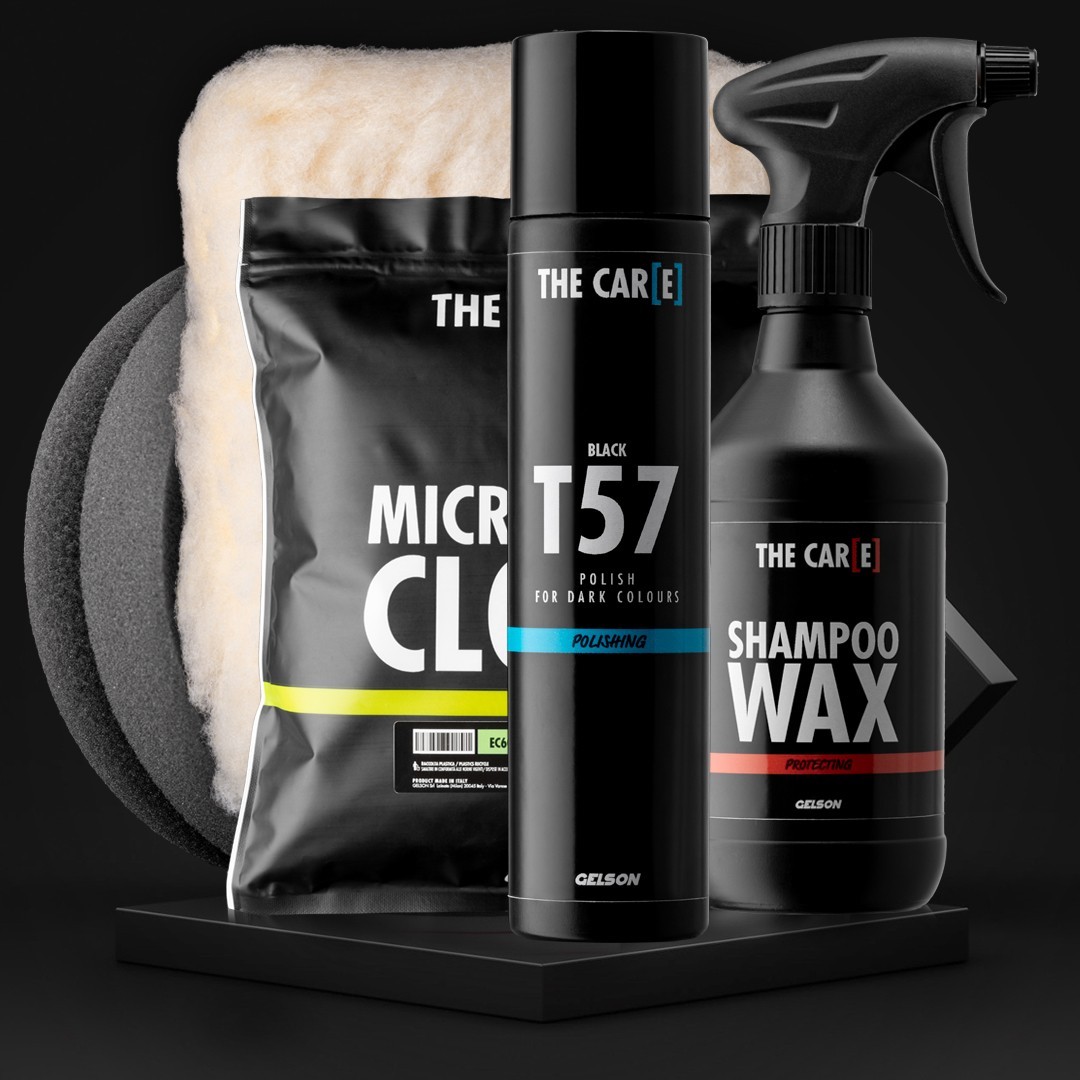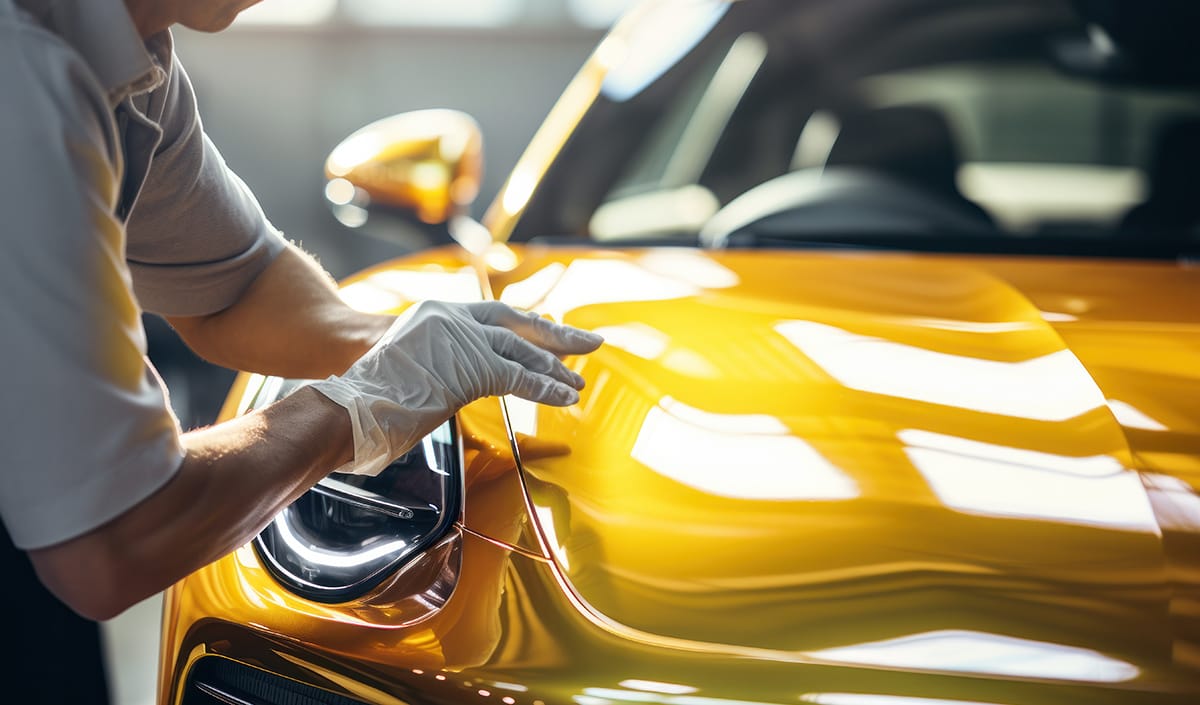
In the world of car detailing, car polishing is a crucial step to achieve a flawless finish and make your car shine like new. In this article, we'll delve into what car polishing involves and how you can do it yourself using professional-grade products. Discover the secrets of the third phase of car detailing for a perfect result and save on the costs of professional polishing while achieving the same high-quality finish!
In detail you will find:
- What Does Car Polishing Involve?
- Steps for Polishing Your Car
- How to Polish Your Car
- Abrasive Paste Polishing
- Polish Polishing
- Pad Polishing
- Microfiber Cloth Polishing
- How Long Does Car Polishing Last?
What Does Car Polishing Involve?
Car polishing is a process aimed at removing surface imperfections such as light scratches, swirls, holograms, dullness, and small stains, restoring a perfect shine to the paint. This treatment is essential for preserving the beauty and value of your car over time. Polishing can be done manually using a hand pad or with the help of a machine like an orbital or rotary polisher, combined with specific, high-quality products.
Steps for Polishing Your Car
To polish your car like a professional, it's important to know all the steps and the specific products to use in each one. Let's go through them together:
- Thorough cleaning of the car with professional shampoo
- Inspection to identify imperfections
- Selection of suitable products and accessories
- Application of abrasive compounds or polish
- Polishing with a hand pad and finishing microfiber cloth
- Final cleaning and surface protection with wax
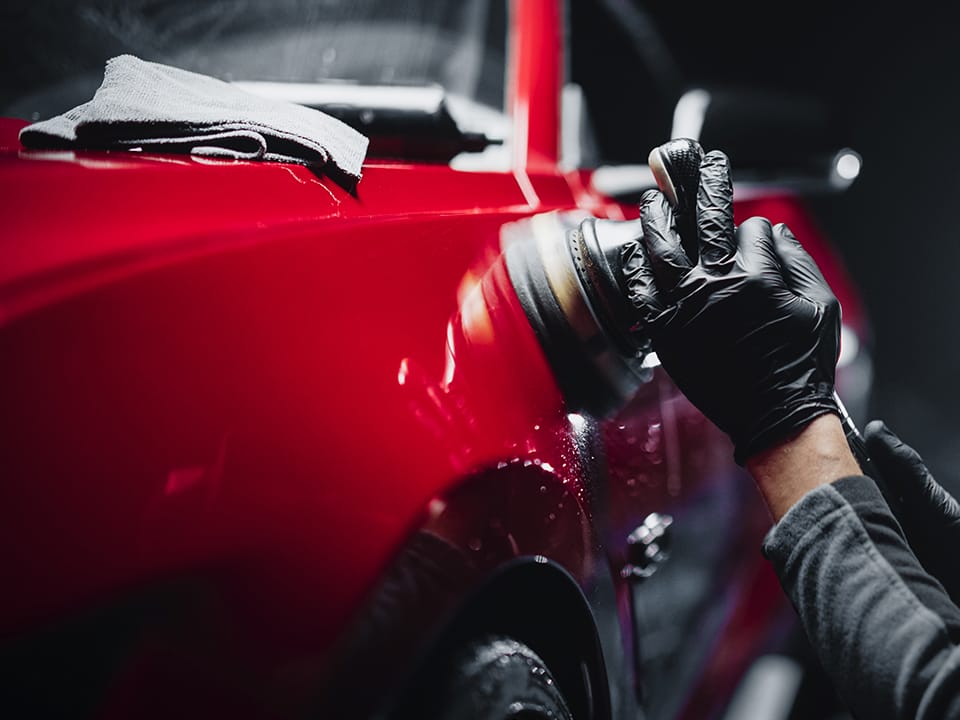
How to Polish Your Car
There are various techniques for car polishing, each suitable for specific needs. You can opt for abrasive compound polishing, a more aggressive method to treat deeper scratches. Alternatively, you can use a polish, ideal for less evident dullness and offering a shinier finish. Car polishing can be done manually using a hand pad or with a machine like an orbital or rotary polisher that makes the process quicker and more consistent.
Abrasive Paste Polishing
Abrasive paste polishing is recommended for more severe imperfections, such as deep scratches. By applying abrasive paste with a hand pad, you will carefully work on the surface, gradually removing unwanted marks. Remember to follow the manufacturer's instructions and protect surrounding areas to avoid damage.
Some abrasive pastes, like those from The Care, are abrasive, so leaving them to apply the chemical action will further help in removing deep scratches combined with the mechanical action of rubbing. After using such products, it's important to rinse or wash the surface to remove any residue.
Learn more from our scratch removal guide by clicking here.
Polish Polishing
If your goal is to make the paint shine, polish is the right choice. Apply it evenly on the surface and work with a hand pad until you achieve the desired gloss. Polish effectively removes haze, light water stains, and provides a reflective finish. A tip for removing annoying scratches caused by nails under door handles is to choose a scratch remover: with just one easy application using its included applicator or a hand pad, restore the bodywork to its original splendor.
There are products suitable for matte and glossy paints, such as Scratch Remover or others for clear glossy paints or dark glossy paints, depending on the need.
Learn more about the difference between polish and abrasive paste by reading our guide.
Pad Polishing
Using a hand pad makes the polishing process effective. You can apply the product (both Polish and Abrasive Paste) evenly, without waste, following the different curvatures of the surface, and quickly work on large areas thanks to the control and precision of your movements.
It can also be applied with rotary or orbital polishers, but we recommend the use of these products for more experienced detailers, as they could cause more damage than intended. Manual hand pad use is certainly a longer process but allows for proper manual skill and understanding of how to treat a scratch.
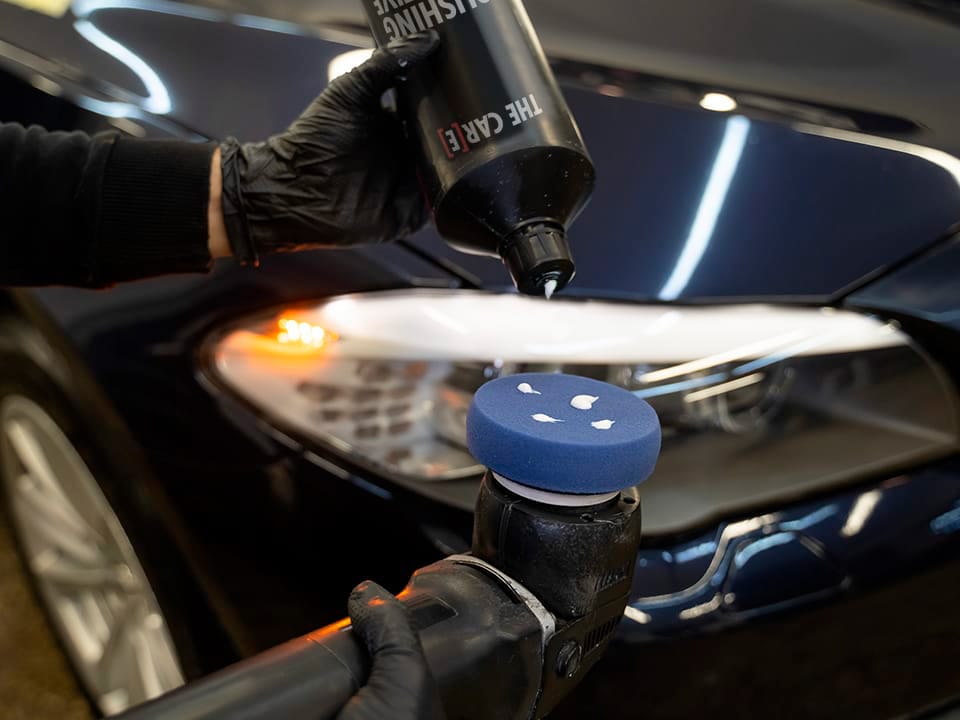
Microfiber Cloth Polishing
If you prefer a different manual approach from using a pad, a soft and low-absorbent microfiber cloth, specifically for polishing or a finishing cloth, can work wonders. Apply the chosen polishing product on the microfiber cloth and gently rub it on the surface, taking care not to exert too much pressure. This method is excellent for localized touch-ups and especially for the final finishing touch!
How Long Does Car Polishing Last?
The duration of a car polishing treatment certainly depends on numerous factors such as vehicle usage, environmental conditions, and washing frequency. However, by using high-quality products and performing proper vehicle maintenance, it's possible to prolong the treatment's durability, thus saving costs.
How Much Does Car Polishing Cost?
The costs of DIY car polishing vary based on different factors, including chosen products, equipment, car size, and the extent of imperfections to be corrected. Generally, professional polishing costs can range from 30 euros up to several hundred euros (around 300 euros).
A good investment to save on polishing costs can be to practice this art of car care at home, selecting the best car detailing products. Professional products like those from The Care Polishing line will allow you to achieve stunning results comparable to professional application from a body shop, saving money and fueling your passion for detail care.

